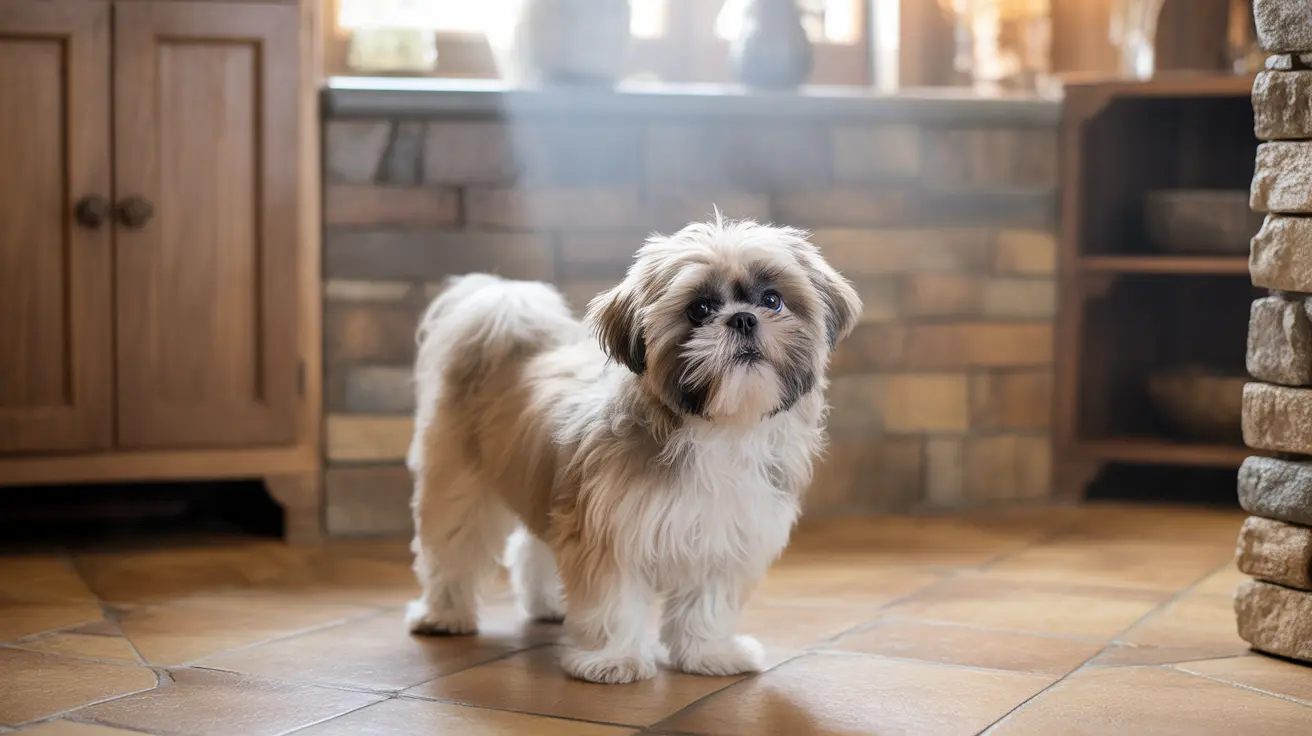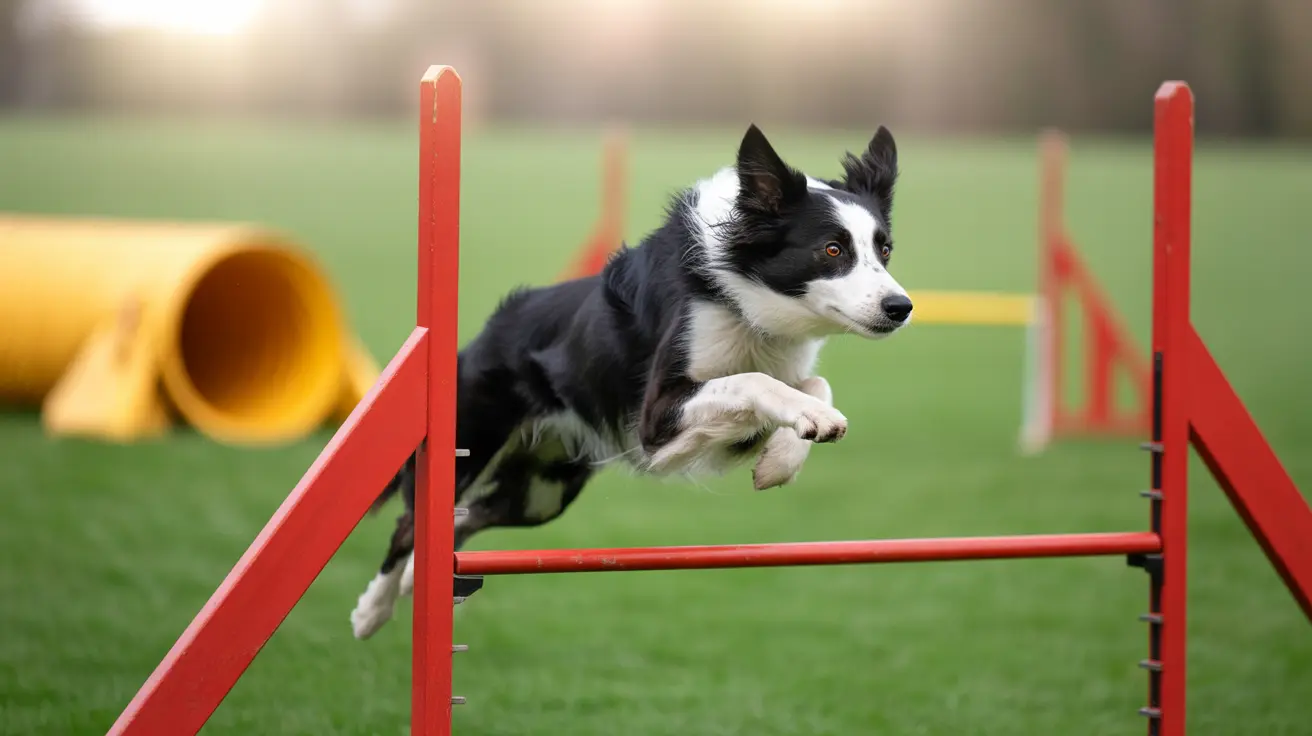Natural Ways to Help Eliminate Yeast in Dogs
Yeast infections are a frequent concern for dog owners, especially for breeds prone to skin folds, floppy ears, or allergies. The most common culprit is Malassezia pachydermatis, a yeast that usually exists harmlessly on the dog's skin but can overgrow when given the right conditions. While it's crucial to consult a veterinarian for diagnosis and treatment, pet owners often seek natural methods to help manage or prevent these infections. Below, we explore options that may naturally help control yeast overgrowth in dogs, based on veterinary guidance.
What Causes Yeast in Dogs?
Understanding the root causes of yeast infections can help in choosing appropriate interventions:
- Moisture and warmth promote yeast proliferation—common in ears, skin folds, and paws.
- Suppressed immune function due to illness or medication.
- Skin barrier disruption from allergies, grooming issues, or underlying diseases.
- Dietary imbalance, particularly high-carbohydrate intake.
Natural Approaches to Yeast Control
Here's what may naturally support your dog’s skin health and reduce yeast overgrowth:
- Diluted Vinegar Rinses: Acetic acid from vinegar may lower skin pH, creating an environment less favorable for yeast. Mix one part vinegar (preferably apple cider) with three parts water. Only apply after consulting your vet, especially if there are open sores or broken skin.
- Proper Drying: After baths or swimming, thoroughly dry ears, paws, and skin folds to prevent moisture buildup. Use clean towels and prioritize airflow.
- Balanced Diet: Feed high-quality, low-carbohydrate food. Dogs processing excessive sugars can experience altered skin flora, contributing to yeast. Also, address possible food allergies, such as chicken or grains.
- Regular Cleaning: Clean ears and skin folds properly, using vet-approved solutions. Avoid human products or essential oils, which can be irritating or toxic.
- Immune Support: Work with professionals to manage chronic illnesses like diabetes or hypothyroidism that suppress immune response and promote yeast.
What Not to Do
- Avoid over-bathing, which can disrupt healthy skin microbiota.
- Do not self-treat with harsh home remedies like tea tree oil or hydrogen peroxide without veterinary oversight.
- Don’t ignore symptoms like foul odors, excessive scratching, or skin changes. These warrant prompt veterinary attention.
Veterinary Treatments and Prevention
While natural aids can support mild cases or prevent recurrence, they are not substitutes for professional care. Veterinary treatments may include:
- Topical antifungals like medicated shampoos or wipes.
- Oral medications such as ketoconazole or terbinafine for deeper infections.
- Anti-inflammatory drugs to ease discomfort and reduce inflammation.
- Ear cleaning and medications for yeast otitis.
Preventing yeast infection recurrence is just as crucial:
- Maintain overall hygiene with regular grooming and inspection.
- Manage allergies and skin disorders as underlying conditions.
- Use dog-appropriate shampoos and avoid irritants.
- Implement flea and tick control, which reduces skin inflammation.
When to See a Veterinarian
Don’t delay seeking veterinary advice if your dog shows signs of:
- Persistent itching or chewing at skin.
- Odor or discharge from ears or skin folds.
- Redness, swelling, or hair loss.
- Head shaking or loss of balance.
Although yeast infections are not contagious to humans or other pets, severe or untreated cases can lead to secondary bacterial infections or permanent damage.
Conclusion
While a diluted vinegar rinse may offer a natural method to inhibit yeast overgrowth in dogs, its use must always be guided by veterinary advice. Integrating balanced nutrition, good hygiene, and management of underlying conditions are the most effective ways to prevent yeast infections and ensure your pet’s comfort and health.





